Mitch Tilbury0071595899, 0071497374, 9780071497374
Table of contents :
Contents……Page 11
Disclaimer……Page 9
List of Illustrations……Page 15
List of Tables……Page 23
Foreword……Page 25
Preface……Page 27
1 Introduction to Coiling……Page 31
1.2 Using Microsoft Excel……Page 32
1.5 Electrical Safety, the Human Body Model and Electrocution……Page 33
1.6 Derating……Page 39
2.1 Designing the Tesla Coil Using a Spark Gap Topology……Page 41
2.2 Calculating the Secondary Characteristics of a Spark Gap Coil……Page 45
2.3 Calculating the Primary Characteristics of a Spark Gap Coil……Page 53
2.4 Calculating the Resonant Characteristics of a Spark Gap Coil……Page 63
2.5 Simulating the Waveforms in a Spark Gap Coil Design……Page 74
2.6 Optimizing the Spark Gap Coil Design……Page 77
2.7 Calculation Accuracy……Page 86
3.1 Resonant Effects in Series RLC Circuits……Page 89
3.2 Resonant Effects in Parallel LC Circuits……Page 94
3.3 Determining the Resonant Frequency of Two Tuned Circuits in a Spark Gap Coil……Page 98
3.4 Other Resonant Calculations……Page 101
4.1 Calculating Inductor Parameters……Page 105
4.2 Helical Inductors……Page 106
4.3 Helical Solenoids……Page 111
4.4 Archimedes Spiral Inductors……Page 113
4.5 Toroidal Inductors……Page 115
4.6 Effect of Coil Form Geometry……Page 117
4.7 Calculating Magnet Wire Parameters……Page 120
4.8 Skin Effect in Inductors……Page 122
4.9 Mutual Inductance……Page 128
4.10 Leakage Inductance……Page 138
4.11 Relationships of Primary and Secondary Windings in Iron Core Transformers……Page 142
4.13 Relationships of Primary and Secondary Windings in Air Core Transformers……Page 147
4.15 Measuring the Resonance of a Coil……Page 148
5 Capacitors……Page 153
5.1 Capacitor Applications in Tesla Coils……Page 154
5.2 Increasing Capacitance or Dielectric Strength……Page 155
5.3.1 Film/Paper-Foil Oil Filled Capacitor Limitations……Page 157
5.3.2 Ceramic Capacitor Limitations……Page 164
5.3.3 Mica Capacitor Limitations……Page 167
5.3.4 Plastic Pulse Capacitor Limitations……Page 173
5.5 Leyden Jar Capacitors……Page 177
5.6 Plate Capacitors……Page 182
5.8 Toroidal Capacitors……Page 185
5.9 Stray Capacitance and Proximity-to-Ground Effect in Terminal Capacitances……Page 186
5.10 Effects of Terminal Capacitance on Resonant Frequency……Page 189
5.11 Maximum Usable Tank Capacitance in the Primary Circuit of a Spark Gap Coil……Page 192
5.12 Discharging and Storing High-Voltage Capacitors……Page 196
6.1 Breakdown Voltage of an Air Gap……Page 201
6.2 Breakdown Voltage of an Air Gap with Spherical Ends in a Non-Uniform Field……Page 202
6.3 Breakdown Voltage of an Air Gap with Rod Ends in a Non-Uniform Field……Page 209
6.4 Breakdown Voltage of an Air Gap in a Uniform Field……Page 212
6.5 Breakdown Voltage and the Proximity-to-Ground Effect……Page 213
6.6 Additional Breakdown Voltage Tables……Page 215
6.7 General Relationships of Applied Environmental Conditions to Breakdown Voltage in Air Gaps……Page 223
6.8 Rotary Spark Gaps……Page 228
6.9 Stationary Spark Gaps……Page 233
6.10 Ionization and Deionization in a Spark Gap……Page 235
6.11 Spark Gap Operating Characteristics……Page 240
6.12 Safety Gaps……Page 259
6.13 Spark Length in High-Voltage Terminal of an Operating Tesla Coil……Page 262
6.14 Comparison of Spark Produced in the Spark Gap Coil, Tube Coil, and Lightning……Page 265
7 Control, Monitoring, and Interconnections……Page 269
7.1 Apparent Power……Page 270
7.3 Power Factor……Page 271
7.4 Power Indications……Page 272
7.5 Current Indications……Page 273
7.6 Voltage Indications……Page 275
7.7 Resistive Current Limiting……Page 276
7.8 Inductive Current Limiting Using a Welding Transformer……Page 281
7.8.1 Inductive Current Limiting Using a Reactor with a Single AC Winding……Page 286
7.8.2 Inductive Current Limiting Using a Reactor with an Additional DC Winding……Page 298
7.8.3 Inductive Current Limiting Using a Reactor with an Air Gap……Page 299
7.9 Variable (Voltage) Transformers……Page 303
7.10 Circuit Protection……Page 305
7.11 Interconnections……Page 309
7.11.1 Distributed Effects and Skin Effect in Straight Conductors……Page 312
7.11.2 Using RF Coaxial Cable……Page 323
7.12 Ground……Page 329
7.12.1 Equipment Ground and Shielding……Page 330
7.12.2 Tesla Coil (Secondary) Ground……Page 331
7.13 Fusing Current of Wire……Page 337
7.14 Safe Current Carrying Capacity of Wire……Page 341
7.15 Equipment Weight……Page 343
7.16 Motor Current……Page 345
8.1 Using Spice-Based Circuit Simulation Programs……Page 347
8.2 Using the Circuit Simulation Program to Design a Spark Gap Tesla Coil……Page 348
8.3 Circuit Simulation Results and Performance Characteristics of EMI Filters……Page 361
8.4 Using the Circuit Simulation Program to Design a Phase Shift Network for Synchronizing a Rotary Spark Gap to the Peak Line Voltage……Page 372
9.1 Construction Techniques for the Resonant Transformer……Page 379
9.1.1 Constructing the Secondary……Page 380
9.1.2 Constructing the Primary……Page 382
9.2 Construction Techniques for the Rotary Spark Gap……Page 388
9.2.1 Determining the Operating Temperature of the Rotating and Stationary Electrodes in a Rotary Spark Gap……Page 389
9.2.2 Constructing the Rotary Spark Gap……Page 399
9.4 Current-Limited Transformer Characteristics……Page 404
10.1 Frequency, Time, and Wavelength Relationships……Page 413
10.2 Exponential Waveform Calculations……Page 415
10.3 Calculating Output Voltage in an Iron Core Step-Up Transformer……Page 417
10.4 Decibel (dB) Conversions……Page 418
10.5 RMS and Average Equivalents of AC Waveforms……Page 419
Appendix A: A Short Biography of Nikola Tesla……Page 423
Appendix B: Index of Worksheets……Page 431
Appendix C: Metric Prefixes, Measurement Standards and Symbols……Page 439
E……Page 441
P……Page 442
W……Page 443
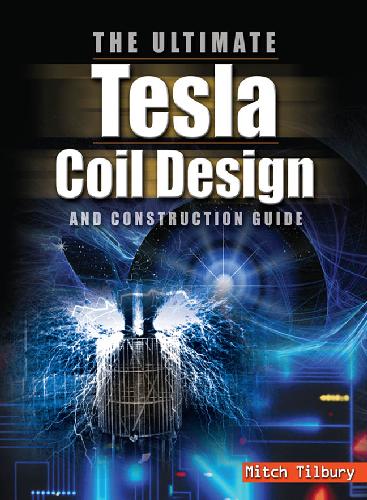
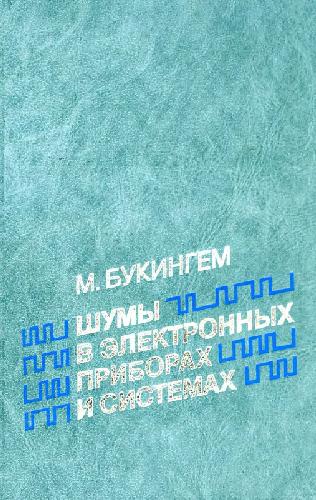
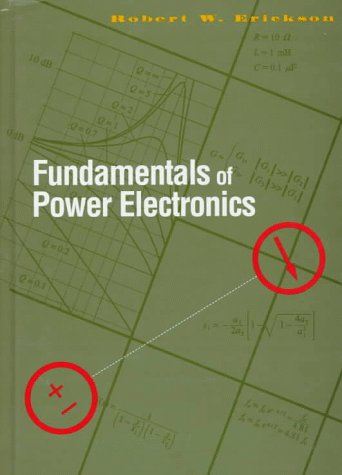
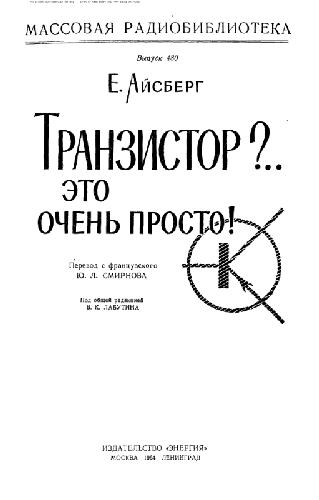
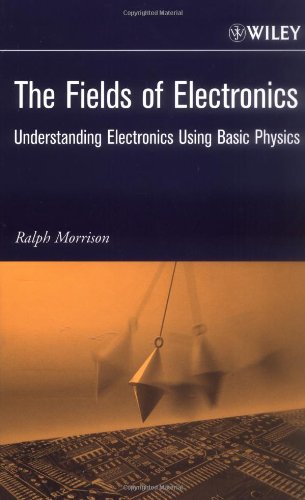
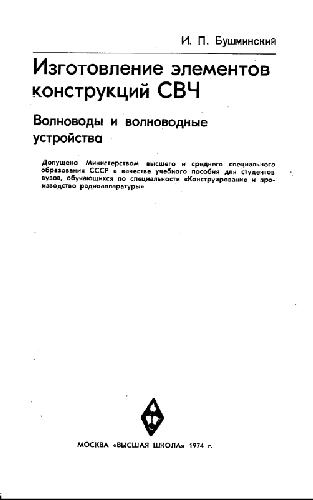
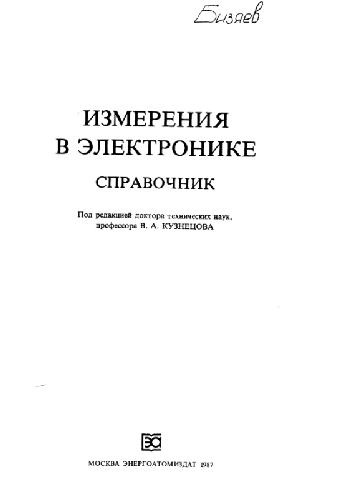
Reviews
There are no reviews yet.